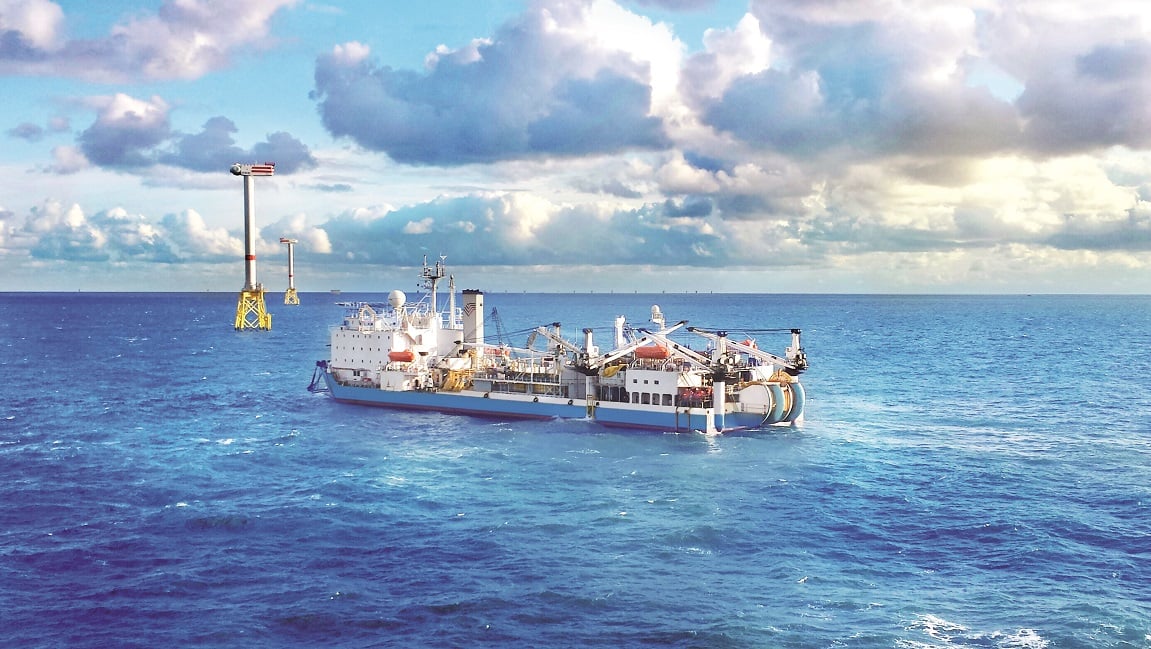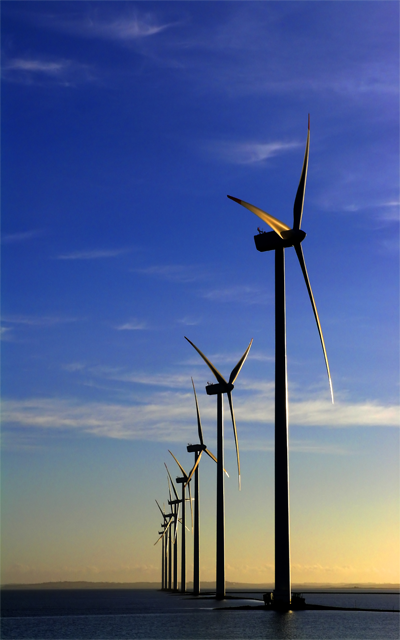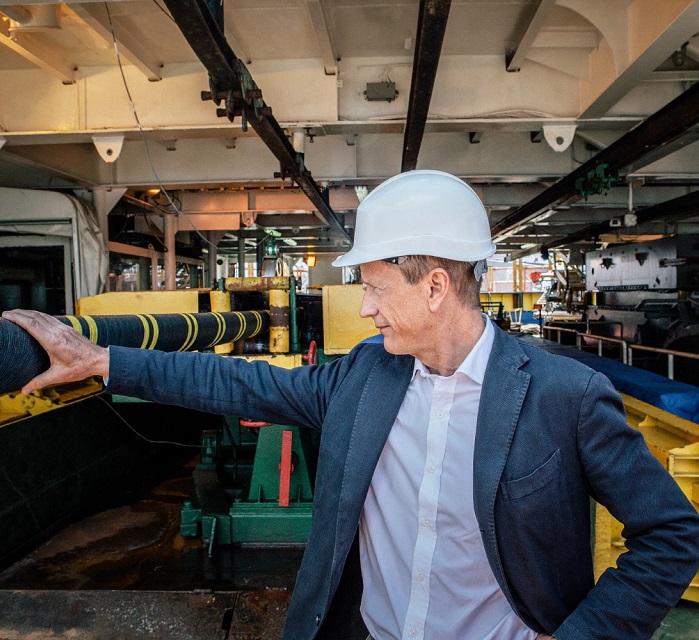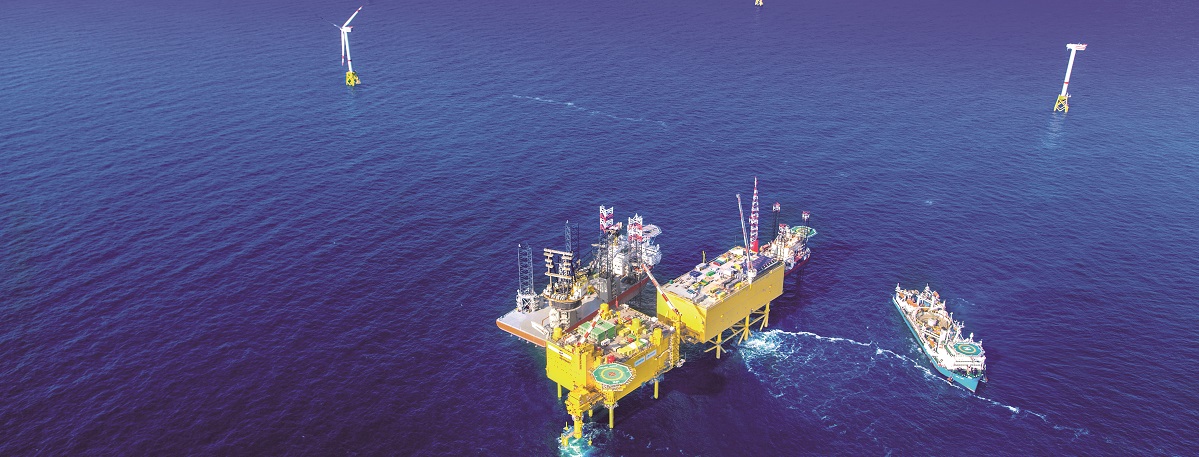Prysmian has a long-standing leadership and expertise in providing solutions to this industry, being a strategic business partner for the biggest TSO companies involved in the development of the offshore industry, as well as the most important developers. Among the several offshore wind farm subsea connections completed, the Group set a number of milestones in the industry: Borwin2 project (North Sea), the first 800 MW connection to offshore wind parks and the largest VSC system; Sylwin1, the highest-ever rated system for VSC technology with a power rating of 864MW operating at the highest commercially available voltage level of ±320 kV DC; and IFA2, a ±320 kV DC interconnection to connect Tourbe in France to Chilling in Hampshire, UK.
One of the most recent project secured by Prysmian is around €300 M contract from French TSO Réseau de Transport d’Électricité for the 220 kV HV export lines for the first three French offshore wind farms — Fécamp, Calvados and Saint-Nazaire. “These projects are even more challenging than others, being in open water, in the Atlantic Ocean, and involving very hard seabed conditions. But these sorts of projects make us stronger. When the projects are tough, we get more competitive,” adds Gil.









